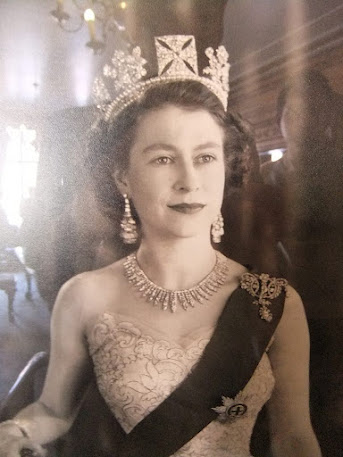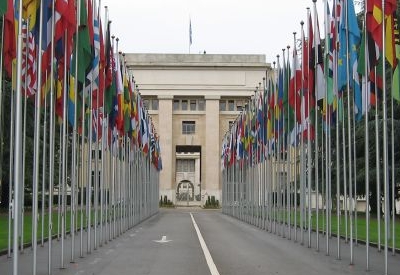Mourning Queen Elizabeth II, but, as what sort of icon?
Being Canadian and growing up with the late Queen's portrait in schools and public places, Canadians, albeit, us older generation folk saw her as a beacon of light for a burgeoning democracy. She gave us recognition beyond what late Prime Minister William Lyon Mackenzie King had given Canadian's in his 22 years. Sure, we can brag now that he was a rare leader, now and then, with a PhD (from Harvard) and the only Canadian Prime Minister with a doctorate. King, like many post WWII liberal leaders was the architect of the modern Canadian welfare state.
The United States and Canada helped Britain survive it's massive debt after Germany's defeat post WW2. Britain finally paid back North America in 2006.
The late Queen ascended to the throne in 1952 and had to influence how each British government would manage their policies. The Royal Family has become known for their philanthropic endeavours and outside of Queen Elizabeth only Lady Dianna Spencer was able to galvanize that level of notoriety and respect. The Royal's motto "never complain, never explain" typifies Elizabeth's seventy years leading the British monarch. She was the consummate cheerleader for democracy and human rights. \
But, if we look under the hood, we find a few caveats.
1) Aboriginal activists in Australia were in a buoyant mood as they point to repression under colonial rule. The residential school debacle in Canada displays a schism between church leaders and aboriginal groups, though, many Crown affiliated individuals were guilty of supporting the residential school system. Sir John A Macdonald, former incumbent Canadian Prime Minister (1867)and architect of the residential school system where mass graves are being uncovered, has had some of his memorial artifacts removed from public display. MacDonald was born in Scotland and appointed Canada's first Prime Minister. TheQueen could have sought rapprochement with aboriginal and First Nations groups to offer compensation.
2) King Henry VIII ruled during the Tudor period where legally one was guilty until proven innocent. Catherine Howard (1542) and Anne Boleyn (1536) were beheaded. Both were married to Henry VIII. Queen Elizabeth and her predecessors had an opportunity to find reconciliation over the brutal reign of Henry with various groups; through: exhuming Henry's remains (with Jane Seymour) and interring them in common graves now would be appropriate and show the modernization of thought that King Charles III needs to promote an all encompassing British monarchy .
3) Hosting authoritarian leaders at Buckingham Palace
- hosting Xi Jinping (China) in 2015
- hosting Japan Emperor Hirohito in 1971
-hosting Ugandan leader Idi Amin in 1971
- hosting Zimbabwean leader Robert Mugabe in 1991
-hosting Nicolae and Elena Ceausescu, Romanian autocrats in 1978
Whether by design to display the benefits of capitalism or showcase the financial capital of the monarchy, each attempt failed to sway the political destiny of each of these leaders. Xi Jinping's China began an oppressive campaign against the Uyghur's in 2017, a modest two years after his visit to Buckingham Palace.
Queen Elizabeth II had an impressive reign as Britain's Queen for seventy years and displayed a quiet diplomacy as the Royal Family's motto indicates. She might be compared to a religious figure for influence, and would have influenced Princess Diana when a young Royal. But, is she a political leader or colonial magistrate?
Some Crown member - states such as Belize and Jamaica protested in April the "brutalization and enslavement of Africans and demanded reparations" as Mary Yang from Foreign Policy talked about in the April 2022 issue. Canadians can ask the same question that provokes the response, "Yes, after 155 years, our political, legal, and military can sustain itself, particularly, if Canada will develop closer ties with the United States."





